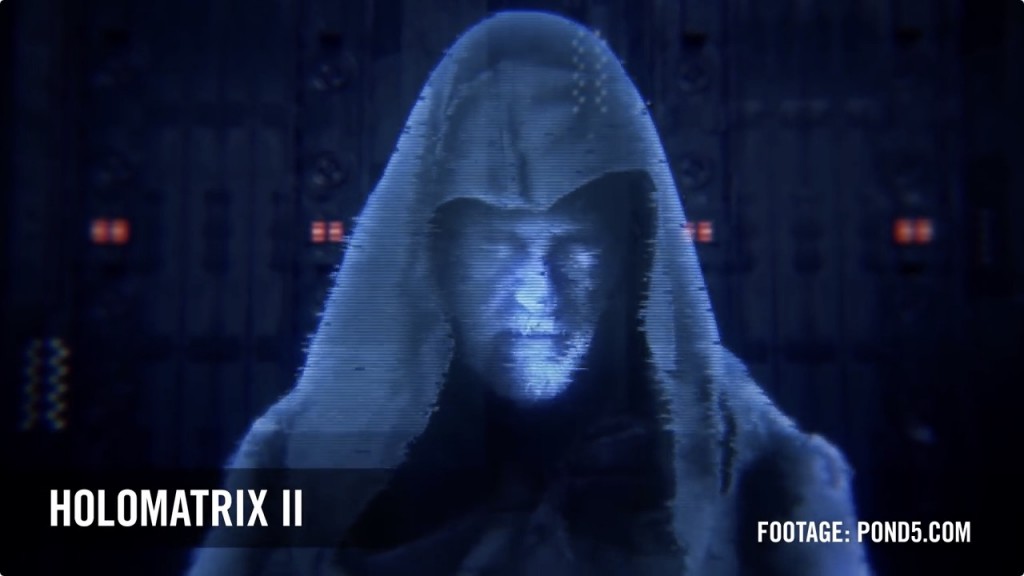
As the Earth orbits the Sun, the position of nearby stars will appear to shift slightly against the more distant background.

The most important fundamental distance measurements come from trigonometric parallax.

Half the apex angle is the parallax angle. Stellar parallax motion from annual parallax. Presently the orbit of Earth is determined with high precision using radar measurements of distances to Venus and other nearby planets and asteroids, and by tracking interplanetary spacecraft in their orbits around the Sun through the Solar System. Historically, observations of transits of Venus were crucial in determining the AU in the first half of the 20th century, observations of asteroids were also important. The Earth's orbit is known with an absolute precision of a few meters and a relative precision of a few parts in 100 billion ( 1 ×10 −11). From that measurement and the ratio of the two orbit sizes, the size of Earth's orbit is calculated. Radar is used to measure the distance between the orbits of the Earth and of a second body. Kepler's laws provide precise ratios of the sizes of the orbits of objects orbiting the Sun, but provide no measurement of the overall scale of the orbit system. Each rung of the ladder provides information that can be used to determine the distances at the next higher rung.ĭirect distance measurements are based upon the astronomical unit (AU), which is defined as the mean distance between the Earth and the Sun. Instead, one method can be used to measure nearby distances, a second can be used to measure nearby to intermediate distances, and so on. The ladder analogy arises because no single technique can measure distances at all ranges encountered in astronomy. Several methods rely on a standard candle, which is an astronomical object that has a known luminosity. The techniques for determining distances to more distant objects are all based on various measured correlations between methods that work at close distances and methods that work at larger distances. A direct distance measurement of an astronomical object is possible only for those objects that are "close enough" (within about a thousand parsecs) to Earth. The cosmic distance ladder (also known as the extragalactic distance scale) is the succession of methods by which astronomers determine the distances to celestial objects. Dashed black lines: Uncertain calibration ladder step.Solid black lines: Well calibrated ladder step.Light Red box: The planetary nebula luminosity function technique is applicable to all populations of the Virgo Supercluster.Light Purple boxes: Geometric distance technique.Light blue boxes: Technique applicable to Population II galaxies.Light green boxes: Technique applicable to star-forming galaxies.


 0 kommentar(er)
0 kommentar(er)
